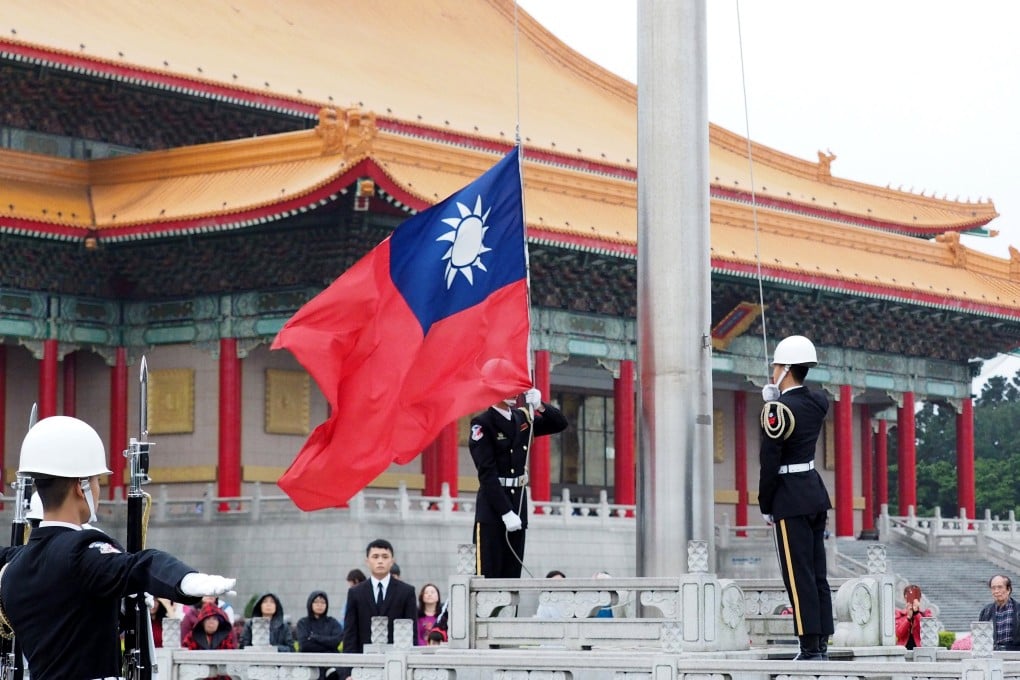Beijing’s ever-changing approach to ‘renegade province’ Taiwan
- From Mao’s letter vowing to take the island by force if necessary to strained ties under Tsai Ing-wen, unification has always been the Communist Party’s goal

Unification with Taiwan has been a stated goal of China’s ruling Communist Party since 1949, but its approach to what it sees as a breakaway province has changed over the years.
Mao Zedong vowed to take the island by force if necessary in the first “message to Taiwan compatriots”, an open letter he issued in 1950.
But when the Korean war broke out that year, the People’s Liberation Army had other priorities – and no time to pursue the Nationalists who had retreated to and taken control of Taiwan.
The first so-called Taiwan crisis happened four years later, when the PLA began shelling the islands of Quemoy, also known as Kinmen, and Tachen as the Nationalists – led by Generalissimo Chiang Kai-shek – dug in and reinforced their defences on the islands.
Over the years, Beijing has issued three open letters urging Taiwan to reunite with the motherland, the last one in 1979 after the death of Mao.

But it was when US national security adviser Zbigniew Brzezinski met then paramount leader Deng Xiaoping in 1984 that the idea of “one unified country of China with two systems” was first floated to resolve the Taiwan dilemma.
When Jiang Zemin took power in Beijing, he largely continued Deng’s policies – wooing the island by opening the doors to Taiwan entrepreneurs wanting to set up factories and businesses on the mainland and take advantage of its cheap labour and vast market.